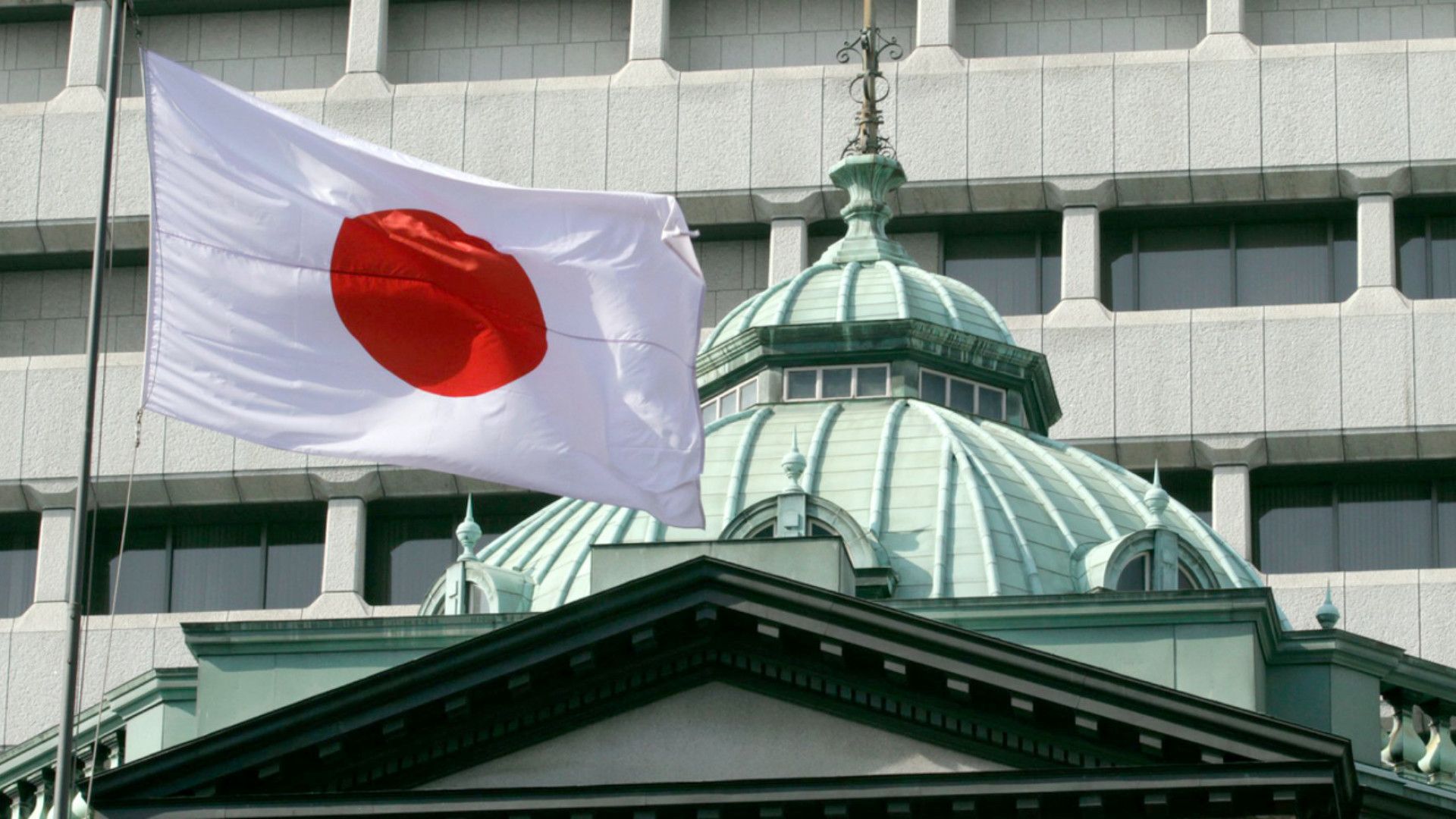Macroeconomics and Central Bank Policies The week featured decisions from three major global central banks - the U.S. Federal Reserve (Fed), Bank of England, and Bank of Japan. On September 17, the Fed decided to lower interest rates, signaling improved risk appetite. This positively impacted crypto markets as the rate cut supported growth in high-risk assets, including cryptocurrencies.
Similarly, the Bank of England and Bank of Japan maintained cautious policies, holding rates steady and informing markets about gradual inflation and economic growth dynamics. These factors strengthened institutional confidence and contributed to Bitcoin and Ethereum consolidating their positions.

Institutional Investments and Regulation Institutional players demonstrated significant activity: BlackRock reported record capital inflows into its Bitcoin ETF, while the broader ETF market received important regulatory momentum. The SEC reduced crypto ETF approval timelines from 240 to 75 days, significantly simplifying new fund launches and creating conditions for expanded institutional participation.
FTX initiated the third phase of creditor repayments totaling approximately $1.6 billion, which was positively received by the crypto community, demonstrating gradual trust restoration after challenging periods.
Technological and Infrastructure Developments The week featured the launch of new blockchain network Plasma, focused on stablecoins and supported by Tether and Bitfinex. Plasma's main advantage is promising fee-free USDT transfers, potentially significantly improving convenience and reducing costs for operations with the largest stablecoin.
In the DeFi space, an important transformation occurred: MakerDAO ($MKR) completed rebranding to SKY and transitioned to a new economic model with penalty mechanisms, representing a phase of enhanced protocol security and stability.

Token Unlocks and Market Impact A major token unlock occurred for Arbitrum and other projects totaling over $790 million. Short-term this created market pressure and increased volatility, but overall the industry withstood this test thanks to sustained demand and positive institutional investment dynamics.
Key Cryptocurrency Performance Bitcoin (BTC) showed weekly growth to approximately $115-116K, pushing the price above important psychological levels, with market capitalization exceeding $4 trillion. Despite fluctuations, Bitcoin confidence remains strong due to large investor inflows and high spot ETF demand.
Ethereum (ETH) strengthened to the $4.4-4.6K range, partly due to active community engagement and EDCON events in Osaka discussing Layer-2 solution updates and prospects.
Solana (SOL) recorded a sharp 15% weekly increase, reaching new yearly highs amid ecosystem strengthening and large player acquisitions.
Conclusion The period of September 15-21, 2025, characterizes the crypto industry's transition to a new phase of institutionalization and technological development. Central bank support and simplified ETF regulation are opening doors for major investment inflows and infrastructure development. New projects and DeFi reforms are strengthening the technological foundation, while the market demonstrates resilience to short-term token unlock shocks.
Ultimately, the cryptocurrency market is demonstrating maturity and adaptability amid global economic instability, maintaining potential for further growth and integration into the financial system.

